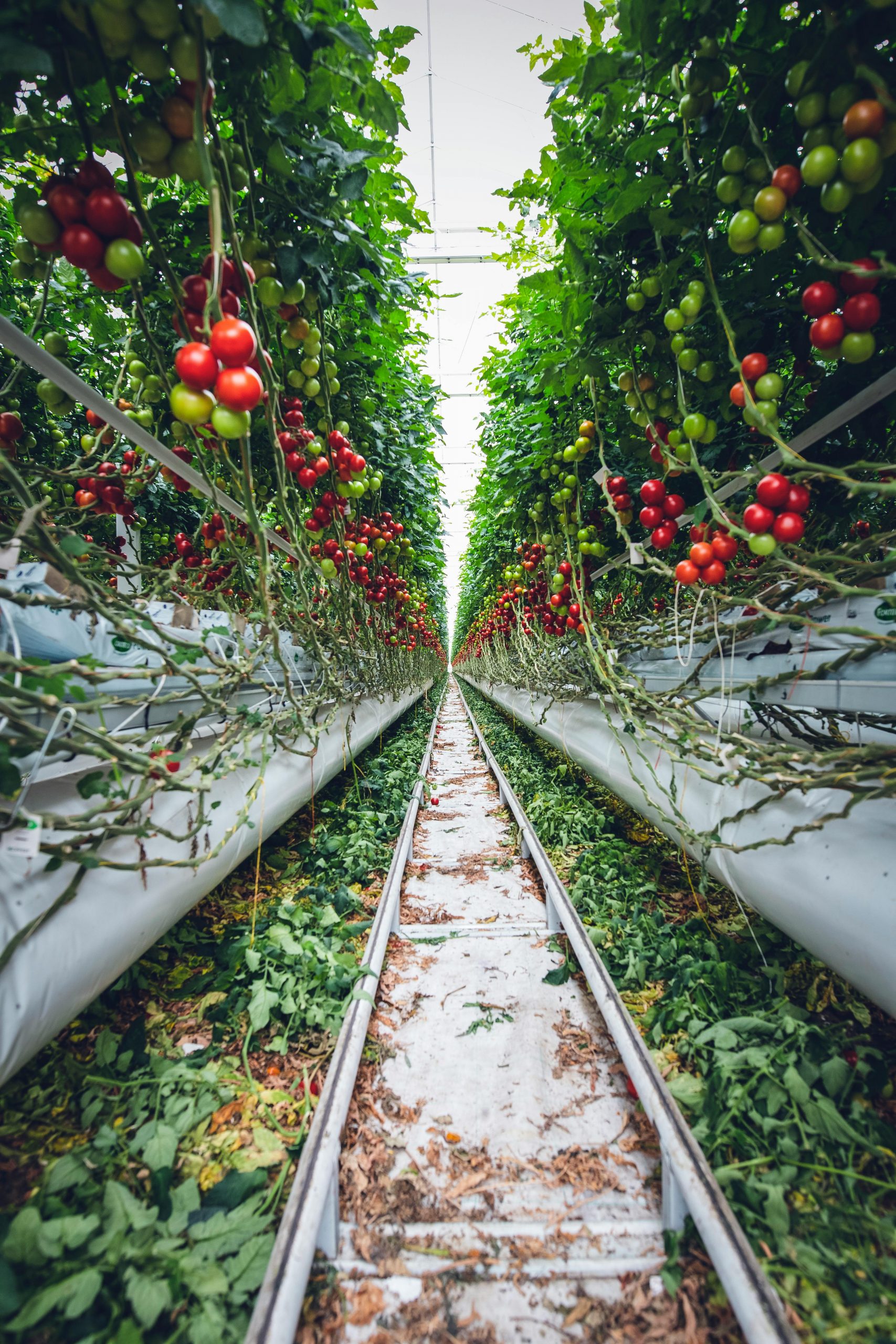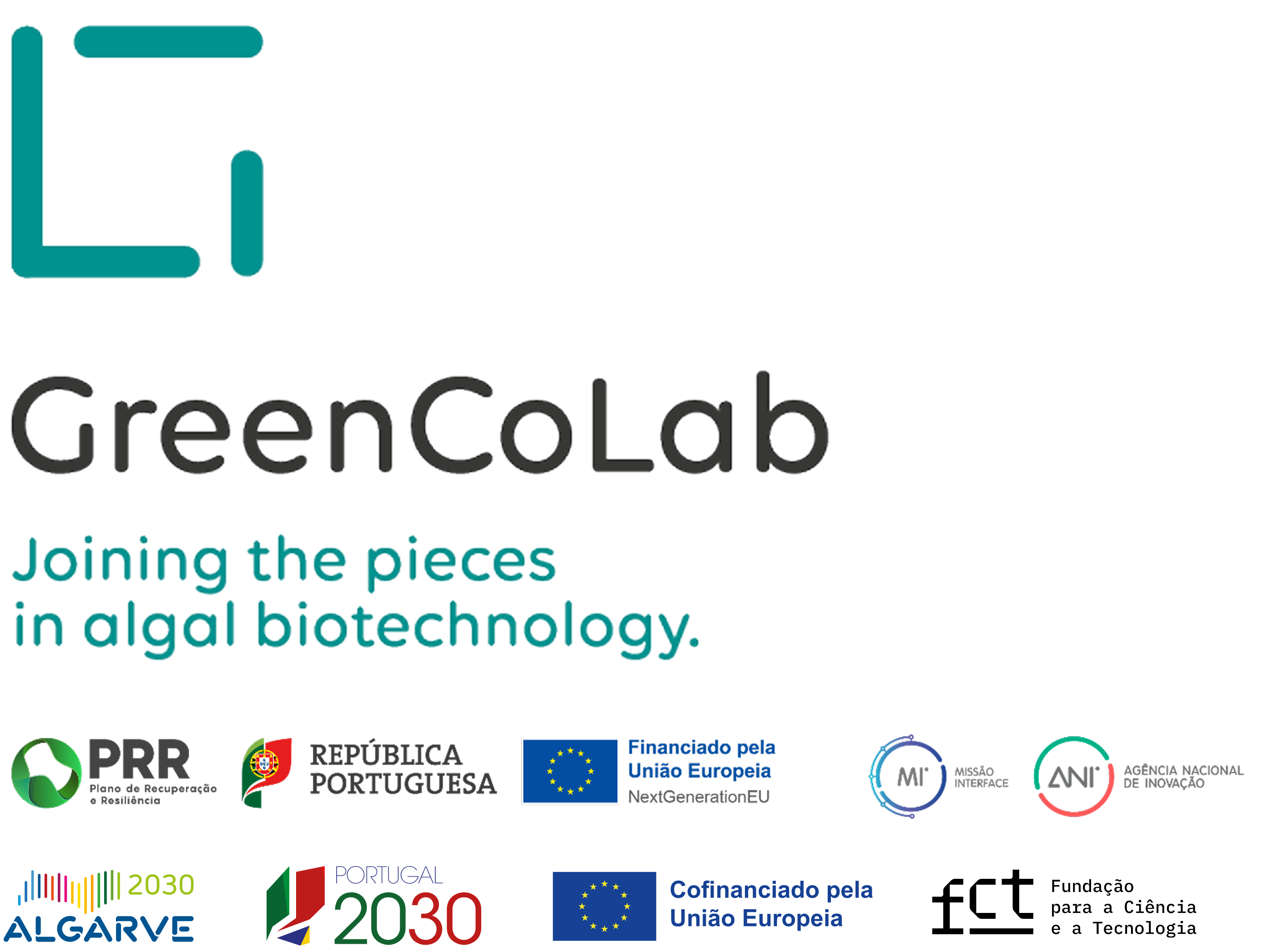

TITLE
Unlocking the potential of Euglena gracilis cultivated in piggery wastewater: biomass production, nutrient removal, and biostimulant potential in lettuce and tomato plants
JOURNAL
Journal of Applied Phycology
AUTHORS
Valéria Louzada Leal Butzke, Alice Ferreira, Diego de Oliveira Corrêa, Júnior Mendes Furlan, Luísa Gouveia, Rosana de Cássia de Souza Schneider & Valeriano Antonio Corbellini
ABSTRACT
Microalgae are increasingly recognized as a valuable resource for bolstering sustainability in agriculture. However, current research and patents primarily focus on Chlorella spp., Scenedesmus spp., and Spirulina spp., thus leaving the vast diversity of microalgae relatively unexplored for agricultural applications. Euglena gracilis (Euglenophyta) is a microalga renowned for its resilience to diverse environmental stressors and capability to produce a variety of bioactive metabolites. This study investigated the potential of cultivating E. gracilis in piggery wastewater for nutrient recycling and as a source of beneficial biomolecules, particularly for biostimulant use. Utilizing raw wastewater diluted to 25% (P25) and pre-treated wastewater with photo-Fenton (PF), the research found that E. gracilis exhibited elevated cell density, biomass concentration, and overall cell health in both wastewaters compared to a synthetic medium (BG11-NPK). This was due to its efficient removal of nutrients, especially ammoniacal-nitrogen and phosphate, resulting in a biomass rich in polyunsaturated fatty acids, amino acids, and paramylon content. The whole-cell biomass significantly enhanced the germination index of lettuce and tomato seeds compared to the water control. Additionally, it promoted cell expansion and root formation in cucumber cotyledons, exhibiting similarities to phytohormones such as gibberellin, cytokinin, and auxin. Furthermore, it is suggested that E. gracilis biomass contains molecules related to resistance to environmental stresses, particularly in tomatoes, given the enhancement in the seedling vigor index. E. gracilis exhibited remarkable adaptability to piggery wastewater, recycling nutrients and yielding biomass rich in bioactive molecules with potential as plant biostimulants. These findings significantly contribute to understanding E. gracilis‘s potential applications in agriculture and developing a circular bioeconomy.



